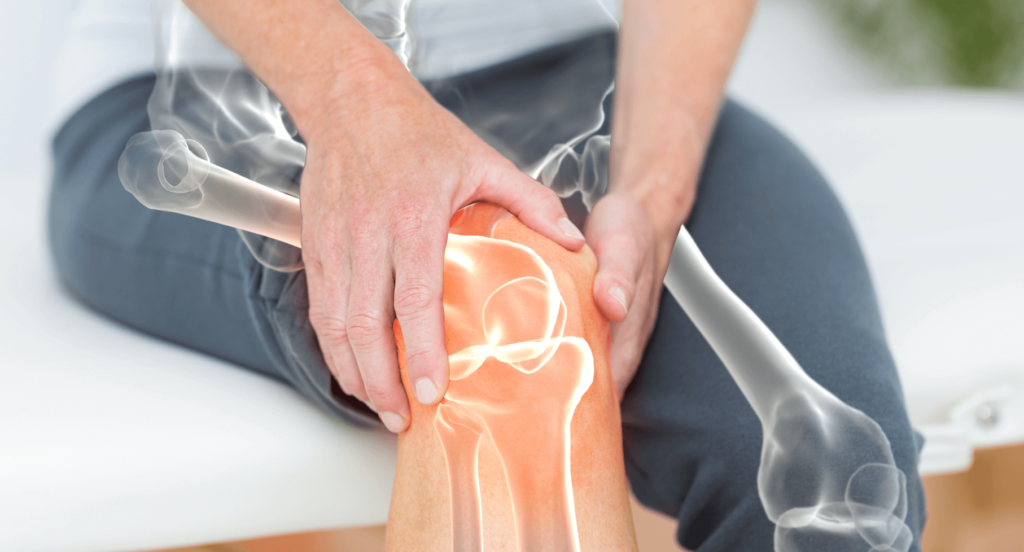Understanding Arthritis Pain: Causes, Symptoms, and Management
Arthritis is a common condition that affects millions of people worldwide. It is characterized by inflammation and stiffness in the joints, leading to pain and reduced mobility. In this article, we will delve into the world of arthritis pain, exploring its causes, symptoms, and various management strategies to improve quality of life.
I. What is Arthritis?
Arthritis is a broad term encompassing over 100 different conditions that affect the joints, surrounding tissues, and other connective tissues in the body. The most common types of arthritis include osteoarthritis, rheumatoid arthritis, and psoriatic arthritis. While each type has its distinct characteristics, they all share the common symptom of joint pain.

II. Causes of Arthritis Pain:
a. Osteoarthritis:
- Age-related wear and tear on joints
- Joint injuries or trauma
- Obesity and excess weight
- Genetic factors
b. Rheumatoid Arthritis:
- Autoimmune disorder
- Inflammation of the synovium (lining of the joints)
- Genetic predisposition
c. Psoriatic Arthritis:
- Associated with psoriasis, a skin condition
- Autoimmune response
- Genetic factors

III. Symptoms of Arthritis Pain:
a. Joint Pain:
- Dull, aching pain
- Intermittent or constant
- Worsens with movement or prolonged activity
b. Stiffness:
- Morning stiffness that improves with movement
- Stiffness after periods of inactivity
c. Swelling and Inflammation:
- Appearance of swollen joints
- Redness and warmth around affected joints
d. Reduced Range of Motion:
- Difficulty in moving joints fully
- Decreased flexibility
IV. Management Strategies for Arthritis Pain:
a. Medications:
- Nonsteroidal anti-inflammatory drugs (NSAIDs) for pain and inflammation relief
- Disease-modifying antirheumatic drugs (DMARDs) for autoimmune arthritis
- Corticosteroids for short-term pain relief
b. Physical Therapy and Exercise:
- Strengthening exercises to support joints and improve function
- Low-impact activities such as swimming and cycling
- Range-of-motion exercises to maintain flexibility
c. Weight Management:
- Maintaining a healthy weight reduces stress on joints
- Balanced diet and regular exercise to achieve weight goals
d. Assistive Devices:
- Use of orthotic supports, braces, or splints to relieve pressure on joints
- Canes or walkers to aid mobility and reduce joint strain
e. Heat and Cold Therapy:
- Application of heat (e.g., warm towels, heating pads) to relax muscles and reduce stiffness
- Cold therapy (e.g., ice packs) to numb painful joints and reduce inflammation
f. Complementary Therapies:
- Acupuncture to alleviate pain and promote relaxation
- Massage therapy to reduce muscle tension and improve circulation
- Yoga and tai chi for gentle stretching and stress reduction
V. Seeking Medical Advice:
It is important to consult a healthcare professional for an accurate diagnosis and tailored treatment plan. They can provide personalized advice based on the specific type of arthritis, its severity, and individual factors.
Conclusion:
Arthritis pain can be a challenging condition to manage, but with the right strategies, individuals can find relief and improve their overall quality of life. By understanding the causes, recognizing the symptoms, and exploring various management approaches, individuals can take proactive steps to minimize pain, maintain joint function, and enhance their well-being. Remember, each person’s experience with arthritis pain is unique, and it is crucial to work closely with healthcare professionals to develop an individualized plan of care.


One Comment
Pingback: RSO for arthritis pain - rick simpson oil us shop | Why use Rick Simpson Oil